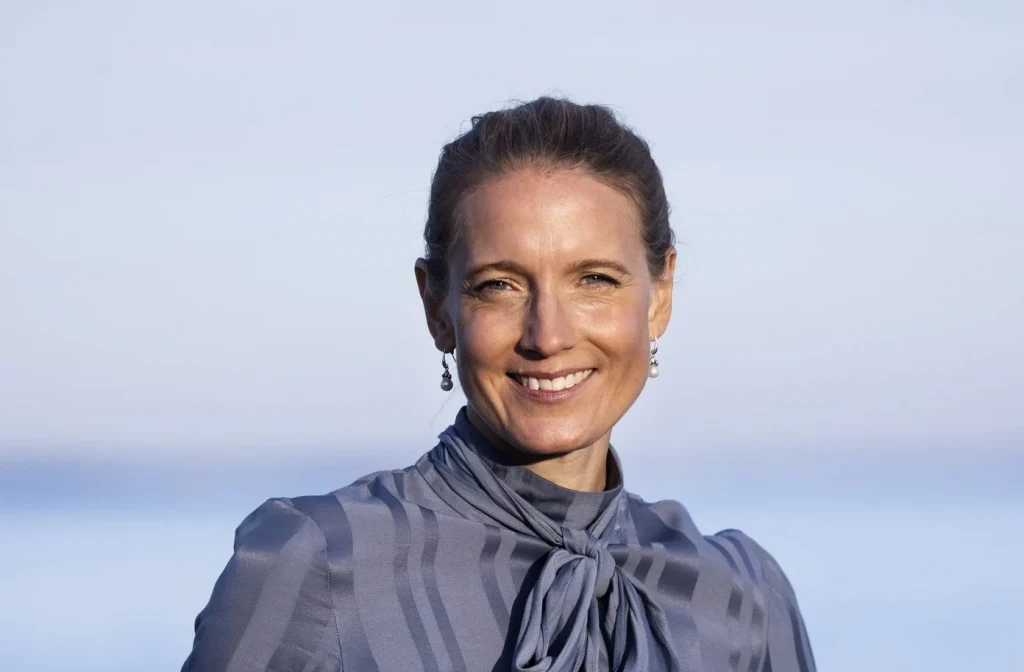
Share This Post
Navigating the generation gap at work can be tricky. It’s not just about age; it’s about different values, perspectives, and work styles. If you’re leading a team and finding it hard to connect across generations, here are three effective and practical strategies to make it easier.
Imagine this: Mark, a seasoned manager, is about to go nuts. He’s frustrated because Felix, his young new hire, can’t work Friday afternoon when they are supposed to clean up the archive. Felix has plans, he says. This scenario is common, and it stems from different values and expectations. Each generation wears different “glasses” through which they see the world.
Understand the Glasses We Wear
To communicate effectively, Mark needs to try seeing the world through Felix’s glasses and vice versa. Understanding each other’s perspectives can make a world of difference. For example, if Felix understands that Mark’s dedication comes from years of hard work, and Mark appreciates Felix’s need for work-life balance, they’ll find common ground.
Generational cohorts explain how the behavior of people born in the same period has been influenced by this period in time. There are significant differences within the cohorts and also a big difference in how much one resembles those from one’s own generation. So, we can’t put everyone in boxes but treat it as a tendency. I’ll give you an overview of the tendencies here.
Get to Know Generation Z
Generation Z, or Gen Z, has grown up in a fast-paced, connected world. They value their time, have a strong sense of empathy, and juggle multiple identities. Here are a few things to know about them:
- Eco-conscious: They’re inheriting a planet in trouble and are keenly aware of it.
- Community-oriented: They thrive in micro-communities and online groups.
- Empathetic: Thanks to early empathy training, they might find older generations a bit harsh.
- Innovative: They believe in finding new, less stressful ways to live and work.
- Mental health aware: Many are open about their mental health struggles and seek supportive environments.
Understanding these traits helps in creating a workplace that resonates with them.
Would you like the newest knowledge and inspiration sent directly to you?
Then subscribe to our monthly newsletter
Make Work Meaningful
Gen Z wants to understand how their work fits into the bigger picture. Here’s how you can help them see that:
- Explain the purpose: Clearly communicate your company’s mission and how each role contributes.
- Outline the impact: Show how their work makes a difference to the team and the company.
- Set clear expectations: Make sure they know what success looks like and the consequences of not meeting goals.
Due to the gap of perspectives and values, an extra effort must be made to understand each other. So, here are three recommendations.
Three Practical Steps to Bridge the Generation Gap
- Conduct Internal Surveys: Find out what motivates your team. You might be surprised to learn that what external surveys say about Gen Z might not apply to your specific team. Tailor your approach based on real data from your employees. In a company where I help with leadership development, we conducted an internal survey. The survey showed that one of the most important factors for job satisfaction among their Generation Z employees is salary. This contradicts what larger external surveys say about the generation. Hence this is very important to get your own data.
- Draw and Explain Your World: Help young employees understand the workings of your company. Explain everything from the company’s purpose to how their tasks contribute to the bigger picture. This clarity can significantly boost their engagement and performance.
Therefore, you need to help them by outlining the bigger picture. Make sure to answer questions like the following, even before the young employees ask them. Because when unexperienced, you don’t always know what to ask.
- What is the company’s purpose?
- How is value created?
- How does their work contribute to the bigger picture?
- What is the consequence not delivering?
- What does success look like?
Currently, the norms for collaboration and leadership in most workplaces are defined by Generation X. The Ys (also known as Millennials) were predicted to change workplaces in the 2000s. But then the financial crisis hit: Two year-groups in Generation Y did not get their first job. Millennials did not revolutionize workplaces but adapted to the Xs. So, when Felix enters the workplace, it is Generation X’s values and rules he must fit into. They are very different from what is natural for him. - Empathize and Adapt: Encourage mutual understanding. Mark needs to empathize with Felix’s perspective and vice versa. If Felix knows why Mark values dedication, and Mark understands Felix’s need for balance, they can find a compromise that works for both. If Mark can put himself in Felix’s shoes and empathize with his story. Felix’s father became seriously ill with stress when Felix was 15 years old. He saw his father in a state that would shake anyone – and therefor Felix decided, unlike his father, to live a life where with time for sports and friends. Hence, he has made an a pointment with a group of friends to play handball together each Friday at 4:30 PM. If Mark had asked, they could have agreed on Felix to stay and help for the first hour until 4:00 PM, and if they plan another day well in advance, Felix gladly would stay and take one for the team.
Bridging the Generation Gap: also a Role for HR
HR plays a crucial role in fostering a culture of empathy and understanding. It’s about creating an environment where everyone feels valued and heard. This isn’t a one-time training but an ongoing effort to build a more inclusive and collaborative workplace.
By embracing these strategies, you can turn the generation gap from a challenge into an opportunity for growth and innovation. Let’s create a workplace where everyone, regardless of age, can thrive and contribute their best.
This article is an English version of the Danish article published in DANSK HR Magazine on Leadership Development in May 2024.
If you find it hard to bridge the generation gap maybe, you should consider coaching – helping to deal with the real challenges. Reach out or take a closer look at the coaching page.
And remember that we help people in multinational companies to handle challenges in a meaningful way and take business to the next level. If you would like to be updated with new articles and videos, sign up for our mailing list. Your mail is not shared with anyone and there are advantages to being on the list e.g., getting a mini course in your personal leadership.
References
Boundless. (n.d.). Edgar Schein – Organizational Culture: Artifacts, Values & Assumptions. Think Boundless. Retrieved from https://think-boundless.com/edgar-schein-organizational-culture/.
Deloitte Global 2023 Gen Z and Millennial Survey,
https://www2.deloitte.com/content/dam/Deloitte/dk/Documents/about-deloitte/Deloitte-Gen-Z-Millennial-Survey-2023-Denmark.pdf.
Dobrowolski, Z., Drozdowski, G., & Panait, M. (2022). Understanding the Impact of Generation Z on Risk Management—A Preliminary Views on Values, Competencies, and Ethics of the Generation Z in Public Administration. International Journal of Environmental Research and Public Health, 19(7), 3868. Link to the article.
Hattangadi, V. (2022, September 26). A Practical Guide to Edgar Schein’s three levels of organizational culture. Dr. Vidya Hattangadi. Retrieved from https://drvidyahattangadi.com/.
Katz, R. R., Ogilvie, S., Shaw, J., & Woodhead, L. (2021). Gen Z, explained: The art of living in a digital age. University of Chicago Press.
McKinsey & Company. (2022). Generation Z characteristics and its implications for companies. Retrieved from https://www.mckinsey.com.
McKinsey & Company. (n.d.). Gen Z: Trends in consumer behavior and in the workplace. Retrieved from https://www.mckinsey.com/featured-insights/generation-z.
Peek, S. (2023, June 28). Learn About the Management Theory of Edgar Schein. Business.com. Reviewed from https://www.business.com/.












